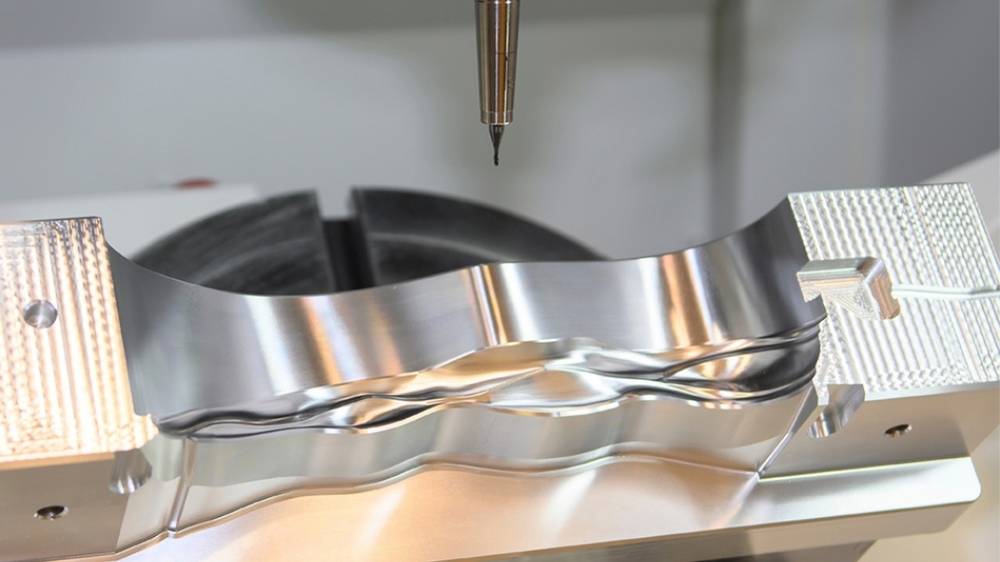
When you’re working on metal products, every detail counts. The correct performance standards matter more than appearance alone does in product development. The application of metal surface finishing represents a vital process for these purposes. The process may seem overlooked at first, but it produces substantial changes.
The optimal finish protects top-quality metals from rapid deterioration. The material reveals corrosion while decreasing its durability until failure happens at unpredictable times. Don’t fret because the solution is there. When you select an appropriate metal surface finishing service, your product becomes more durable while maintaining its functionality and appearance.
This article presents all the information about metal surface finishing and its importance alongside the factors essential for selecting a superior service. Let’s get into it!
Metal Surface Finishing improves metallic product surfaces. It helps to make metals look better while achieving greater durability and superior performance levels. Three typical methods exist in the finishing process: mechanical, chemical and electrical. The selection of finishing methods depends on which metal material requires service.
Besides, the most commonly used metal finishing treatments are polishing, anodizing and electroplating. The finishing method produces shiny surfaces with a smooth texture on metals. For example, anodizing creates a safeguard coating that defends against corrosion damage. While electroplating creates a thin layer of metal to improve product strength. The appropriate finish selection depends on its designated use because each finish type delivers unique benefits.
Many production sectors implement surface-finishing processes in their manufacturing operations. Aerospace, automotive and electronic industries depend heavily on these finishing processes. Inadequate finishing methods cause parts to degrade prematurely until they break.
A right finishing process transforms the entire outcome. Your product relies on a protective layer to resist wear and attacks from corrosion and harsh environmental situations. For instance, the automotive industry uses finishes to stop rust development and maintain part appearance. On the other hand, aerospace industries use finishes to make their components resistant to breakdowns while preserving their durability.
Choosing an inappropriate finish can lead to negative consequences. When using an inappropriate finish, your product will demonstrate accelerated corrosion and reduced lifespan. The product's safety standards and functional operation may be affected. Manufactured products that require food or medical device finishes benefit from these protective features because they signify product hygiene and cleanliness.
Moreover, the appearance of a product only scratches the surface of what surface finishing accomplishes. An optimum finish application ensures both product effectiveness and extended product lifespan. Therefore, achieving proper finishing demands absolute priority since it eliminates current and future issues that could lead to repair expenses.
When it comes to metal surface finishing, there’s no one-size-fits-all solution. Let’s discuss the standard metal surface finishes by identifying their singular characteristics.
The polishing and buffing process serves to achieve a smooth metal surface finish. These eliminate surface flaws and, at the same time, produce shiny reflective surfaces. The application of abrasive materials is the normal method to complete this process. Industrial applications within the jewellery and automotive sectors and aerospace operations usually require this method.
The buffing process is often considered one of the final stages. A cloth or felt contains a polishing compound. The objectives focus on achieving higher levels of shine and superior looks. Beyond that, it eliminates surface marks, blemishes and other defects.
The finishing steps create both functional and visual benefits. The metal surface achieves better resistance to dirt through these procedures. The smooth texture helps to stop the accumulation of dirt. The finish improves metal resistance to corrosion. The finish works best for items that need to create an attractive visual impact.
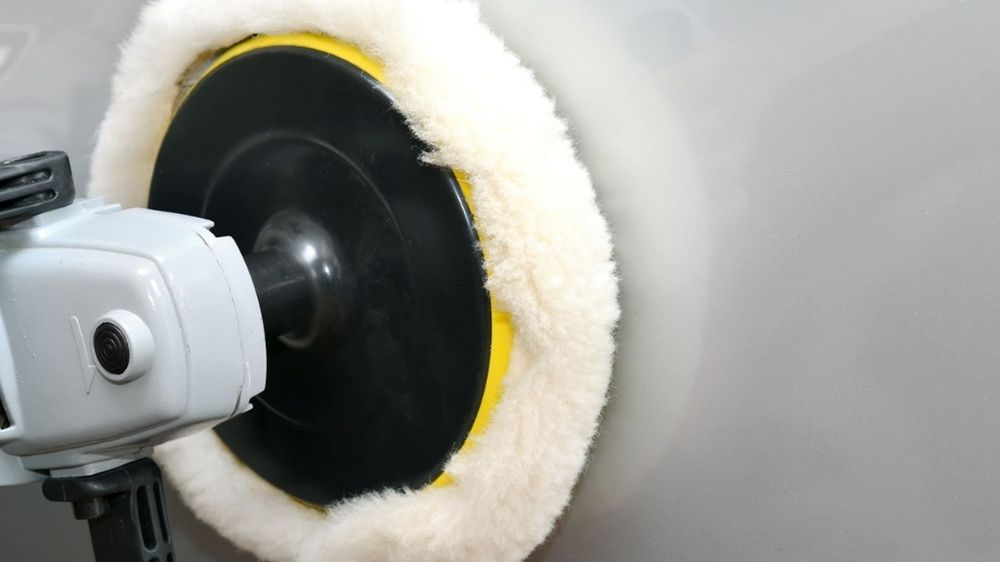
Powder Coating is a durable method of surface finishing that provides protective surfaces to metals. It involves applying dry powder to the outer surface of the metal. The heating melts down the material powder and results in the formation of a powerful protective surface layer. Powder coating exceeds product integrity and protects it from chips and scratches.
Generally, the finishing technique commonly applies to steel instead of aluminum and iron. The protective film yields enduring protection against metal corrosion. Moreover, the material demonstrates strong resistance to UV radiation and ultraviolet rays. The outdoor furniture industry and the automotive sector regularly use powder coating for their products.
The procedure exists in multiple shade and finishing options. It provides environmental advantages because it produces minimal VOC emissions. Many industrial operations use this approach because of its enduring characteristics and ability to hold color.
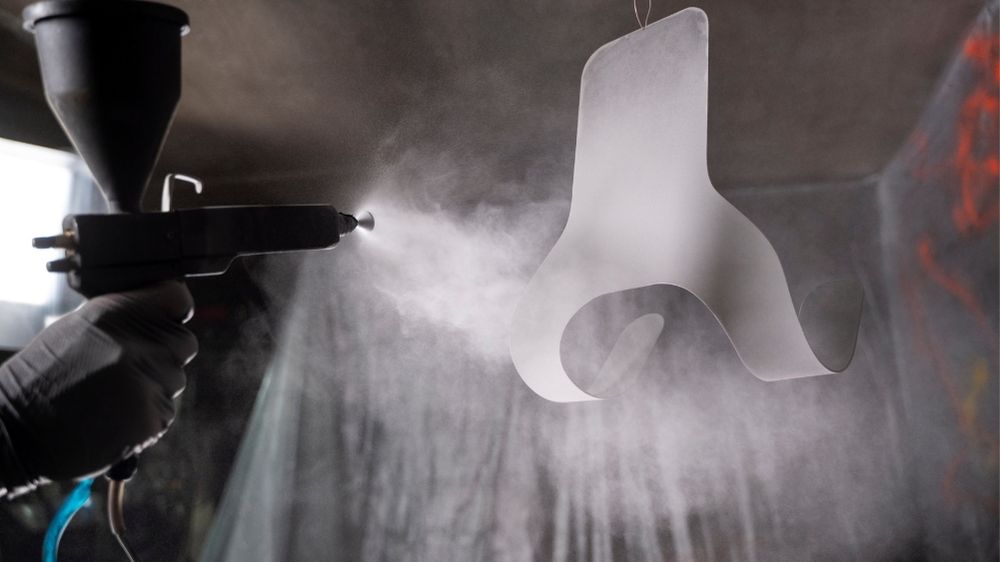
In the electroplating process, electricity enables the creation of metal deposits, leading to improved resistance against corrosion in metals. Placing the object into a solution is the core step of the electroplating procedure. The electrochemical process bonds the metal material with the surface of the object.
Various types of electroplating metals consist of nickel, silver and gold. The procedures increase metals' durability through enhanced conductance and improved wear properties. The automotive, electronics and jewelry sectors frequently use this process.
In addition, metal durability improves through this process, leaving the base properties unaffected by electroplating suits objects requiring looks and operational capability. High-precision applications tend to use electroplating because precise performance requirements exist.
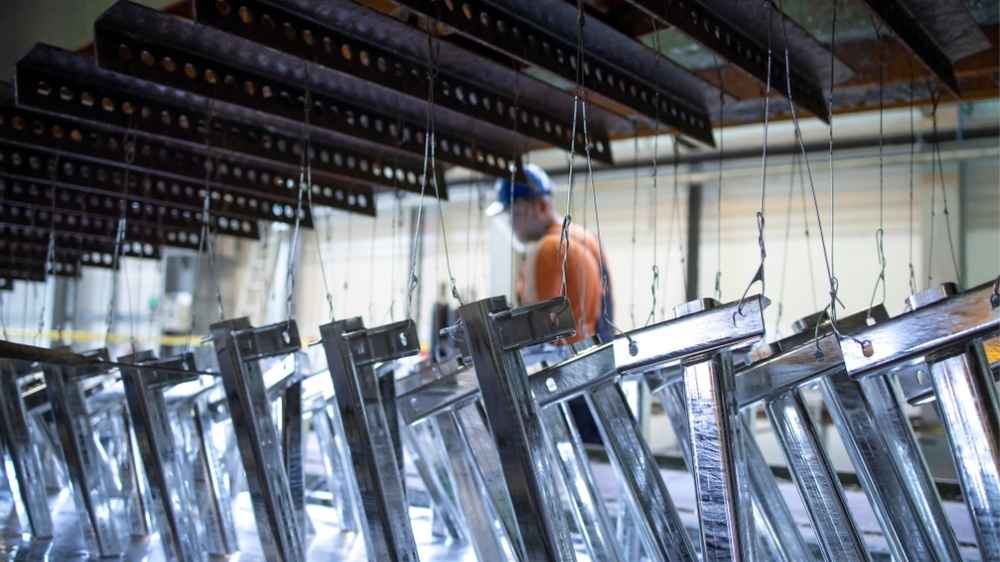
Anodizing functions through electrochemical treatment. It is commonly applied to aluminum parts surfaces. The production of a dense oxide layer through this process increases metal durability. The metal becomes less susceptible to corrosion after getting anodized. Such treatment makes metal surfaces more resistant to regular wear and tear.
The anodization technique adds no new materials to the surface as it differs from coating operations. The process intensifies the existing oxide layer of the metal material. Moreover, it shows better resistance to friction and needs minimal care. Such materials require this method because they face demanding environmental conditions.
Anodizing allows manufacturers to achieve attractive color finishes on their products. Dyes can be retained by the oxide layer, which does not compromise product durability. It finds its most suitable application within the aerospace sector and architectural industry.
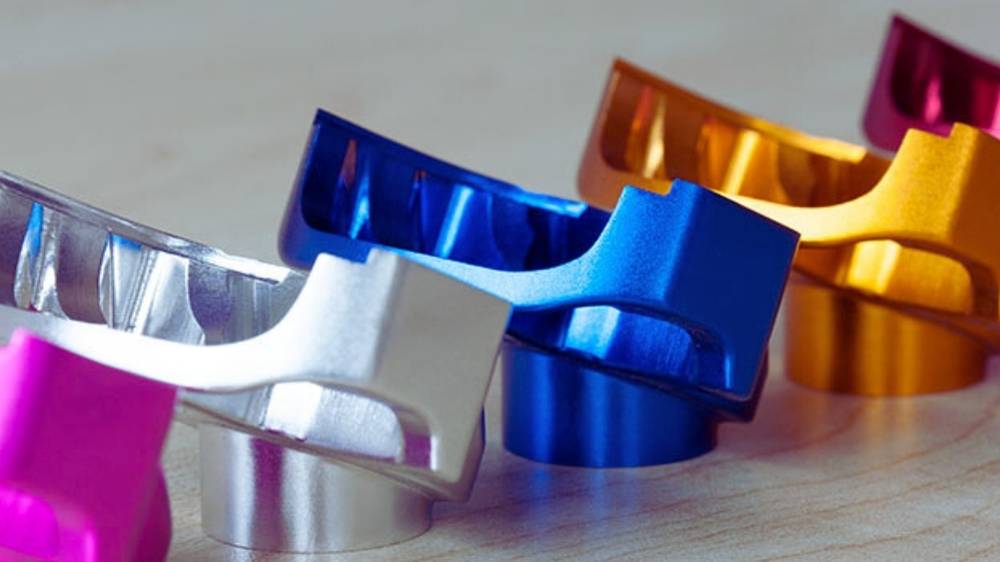
The cleaning operation of abrasive methods involves both shot blasting and sandblasting. The cleaning operation involving metal utilizes high-velocity particles in both methods. Shot blasting implements steel shots, yet sandblasting operates through sand utilization. The techniques eliminate rust and scale, along with old paint coatings.
Among its applications, shot blasting has been established to perform metal peening operations. Metal strength increases as it applies compressive stresses to the metal surfaces. It works best for surface preparation immediately before coating or painting applications. The adhesion strength of finishes increases when shot blasting is applied because of its effect on surface bonding.
The main purpose of sandblasting involves the preparation of metal surfaces. It develops effective surface cleaning and roughening with their operations. The improved bond between metal and coatings becomes possible via sandblasting.
The construction sector extensively employs sandblasting and shot-blasting techniques. These techniques tend to enhance their vehicles as well as heavy equipment. Furthermore, these procedures allow coating designers to create surfaces ideal for receiving coatings.
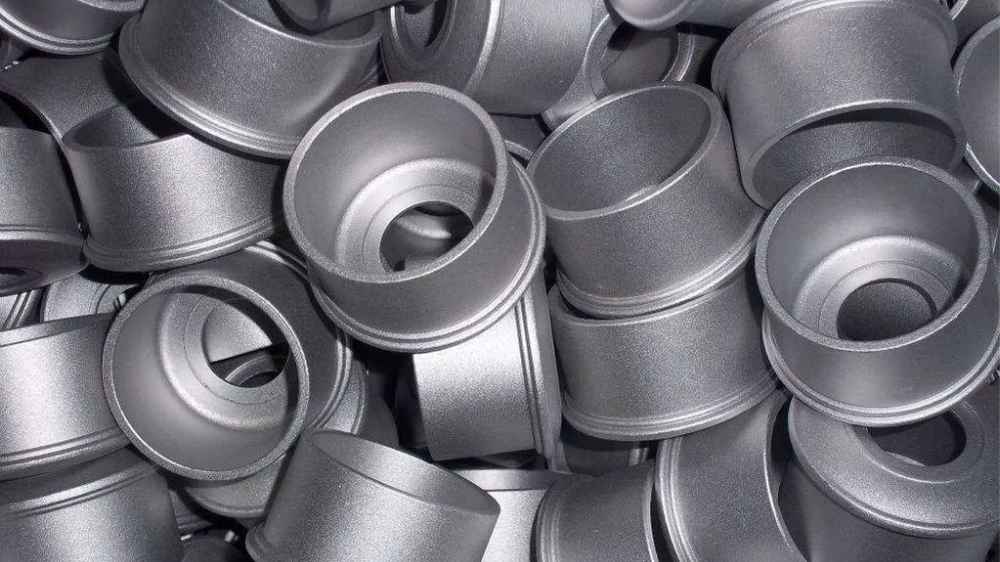
An optimal metal surface finishing service requires attention to various critical factors. Here are the common deciding factors to consider:
Among all selection factors, finish quality is the central element. High-quality manufacturing finishes ensure excellent performance and an extended lifetime for the metal material. A superior finish delivered by a finishing service signifies product appearance and service span. Your service provider should implement modern techniques and materials for their process.
A finish of poor quality will lead to corrosion and wear. So, requesting proof of their completed work from the provider is recommended. Check for uniformity together with smoothness and translucent clarity in the completed items. High-quality products require superior finishes because their precision and visual requirements demand it most.
Each project requires specific types of finish requirements. Amid their services, they provide numerous finishing choices to customers. So, clients can choose from multiple finishing options to select the most suitable solution. For example, your service provider must deliver electroplating and powder coating in combination with anodizing and polishing methods.
Besides, various finishing options allow customers to achieve greater customization possibilities. The right combination of practicality and good looks becomes achievable. A service that can handle diverse materials alongside different finishes indicates high professional expertise.
The selection phase for surface finishing services heavily depends on the duration you need to receive the finished product. An excellent service provider often meets their customers' deadlines when delivering projects. The duration of finishing operations extends according to the process's complexity. Your business production timeline will be influenced by the duration needed for turnaround.
Inform the service provider about all project deadlines from the beginning. Request the service provider to provide realistic scheduling information. The service provider must deliver results quickly if the quality standards remain unchanged.
Quality remains essential, but maintaining proper cost efficiency joins its ranks. You need to obtain the most valuable and affordable services. The provider should present you with detailed cost information before beginning work to eliminate unexpected charges. The appropriate service will deliver premium work while staying within project financial parameters.
The lowest-priced option should not determine your selection because quality might suffer as a result. Extra payment enables you to obtain superior outcomes and minimize problems in future projects. Review multiple price quotes by connecting them to future endurance benefits of products.
Professional experience and a positive reputation are significant components when selecting a provider. Companies that have operated for several years understand the proper techniques to manage various materials together with diverse finishes. Their knowledge includes all requirements that apply to particular industries. Review online feedback request references and examine completed work projects.
In addition, professional service providers have proven methods to detect and prevent operational problems in advance. Expert advice is available from them regarding finishing options that best suit your needs.
The service provider needs to abide by environmental and safety guidelines. Metal finishing operations normally handle dangerous substances that require constant appropriate management. The service establishment should maintain safe operational methods and adhere to environmental rules.
Your search should focus on metal finishing services that choose either powder coating or non-toxic electroplating methods because they represent environmentally friendly options. The service provider must implement waste disposal operations and use non-hazardous chemicals. The employment of protective measures will ensure the safety of your product.
Distinctive factors should guide your decisions when selecting a metal surface finishing service that best satisfies your requirements. The product's final quality, cost-effectiveness, and timely delivery can be achieved through each evaluation factor. Invest your time properly in research option distinctiveness and ask the feasible questions correctly.
How to Evaluate the Right Service for Your Needs?
It becomes challenging to select an appropriate metal surface finishing service. Multiple criteria need assessment to select the ideal service for your project work. The following approach will help you decide correctly.
The first step starts with knowing exactly what you need from your service. Every project comprises different specifications which need to be addressed. The requirements might consist of performance specifications, durability needs, and aesthetic standards. The initial step requires identifying the metal material alongside the environmental conditions where it will be placed.
Your end quality standards, corrosion resistance capabilities, and wear resistance requirements should be your main focus. Which sector do your components belong to: automotive, electronics, or outdoor? The selection of finish depends on your understanding of project variables. Before service evaluation, you must state your goals transparently.
After establishing what you need, you must pose the correct questions. The discussion should begin with a question about their finish options. or "How long will it take?" You should check with providers about their history of completing analogous construction jobs.
Inquire with the service about the substances they utilize in their work. Each servicing facility concentrates on processing metal types, such as aluminum and steel. The quality control process and finish consistency methods are critical points to ask about when evaluating their services.
A trustworthy service provider should display their completed work portfolio. Evaluation of past work projects demonstrates what their team members can do. Select projects that have dimensions parallel to your requirements, including their finish requirements and complexity level.
The trends and solutions the project teams use become more evident through case study evaluation. The examples demonstrate both the problem-solving abilities and thoroughness of the service provider—request references combined with examples of work that match your project needs.
The entire project demands excellent customer service support from beginning to end. Select a service provider that communicates effortlessly and offers quick support. A suitable service will gladly respond to all your queries. The service provider will collaborate with you until all your specifications become a reality.
Inspect their speed when responding to both telephone requests and electronic messages. The providers show a willingness to explain their business processes in detail. Effective communication practices guarantee project progress without interruptions. The evaluation process reveals potential problems early so they do not escalate into bigger issues.
Modern technology has completely changed the processes of metal finishing. Machines perform repetitive functions to deliver better speed and uniformity in operations. Human interventions and errors significantly diminish when machines operate production systems, especially during high-volume operations.
However, manual processes still hold strong value. Skilled craftsmen provide perfect detailing for intricate and special projects because of their expertise. Moreover, manual techniques stand essential in finishing processes since they produce distinctive textures and unique finishes. The most optimal operation occurs when organizations mix automated manufacturing with human-operated procedures.
The finishing treatments have limitations, but ApexRapid fully understands surface finishing intricacies. Our facility provides all the surface finish options ranging from anodized smoothness to mirror reflection to strong powder coating solutions. We implement superior production methods to create parts that unite a beautiful appearance with functional requirements. Beyond that, our team provides instant delivery of superior products.
Contact us now to receive an instant quote and get your product done within your constrained budget without compromising quality standards.
Q1. What’s the best surface finish for preventing rust?
Powder coating and anodizing are great options for protecting parts from rust. They create a tough layer, making it perfect for parts used in outside conditions. Anodizing is optimum for aluminium, forming a protective layer that stops rust and wear. Both finishes are durable and work well in different environments.
Q2. How do I pick the right surface finish for my project?
Choosing the right finish depends on what your part needs. If you are more concerned about a shiny look, polishing and electroplating might be best for external parts or used in tough conditions; powder coating or galvanizing works better. It’s always a good idea to talk to an expert to pick the finish that works best for your needs.
Q3. Can I apply surface finishes to any type of metal?
Usually, most metals like steel, aluminum, and copper can be finished using different techniques. But some finishes, like anodizing, are only for certain metals, like aluminum. You can also apply finishes to plastic parts, but the methods differ from those used on metals. Always check if the finish works with your material.
